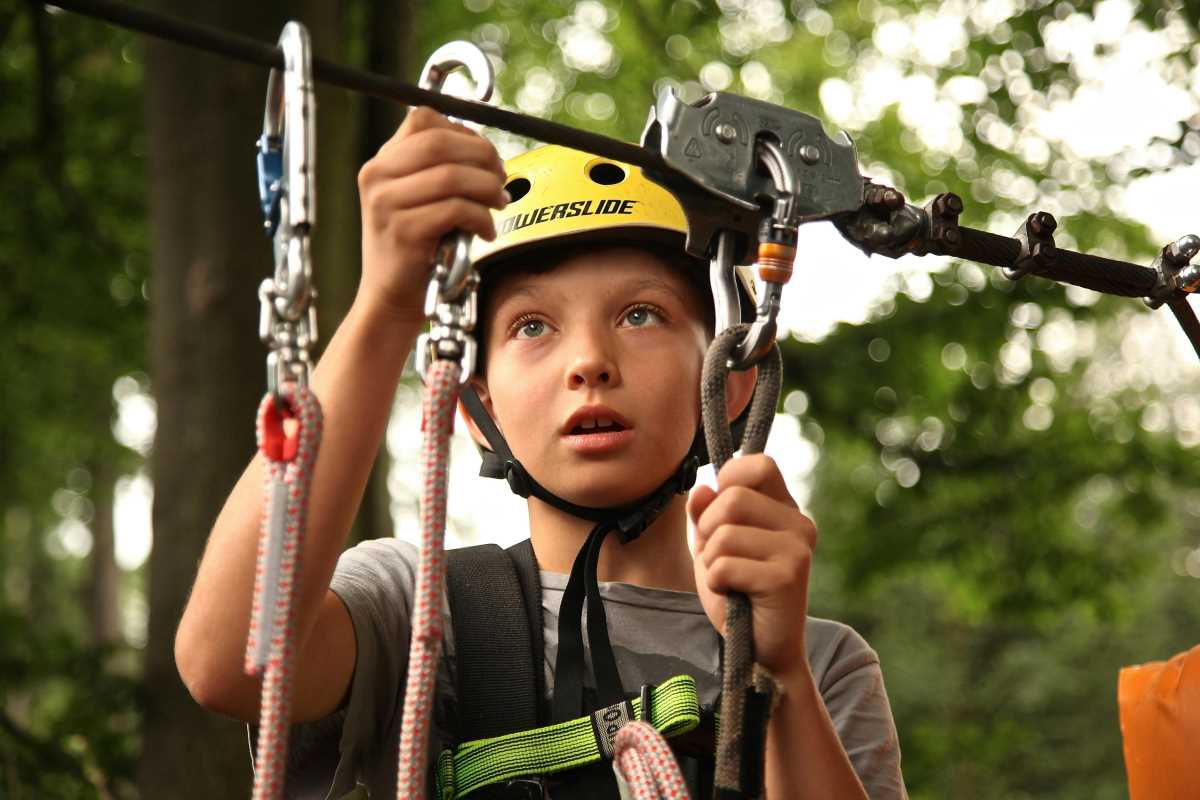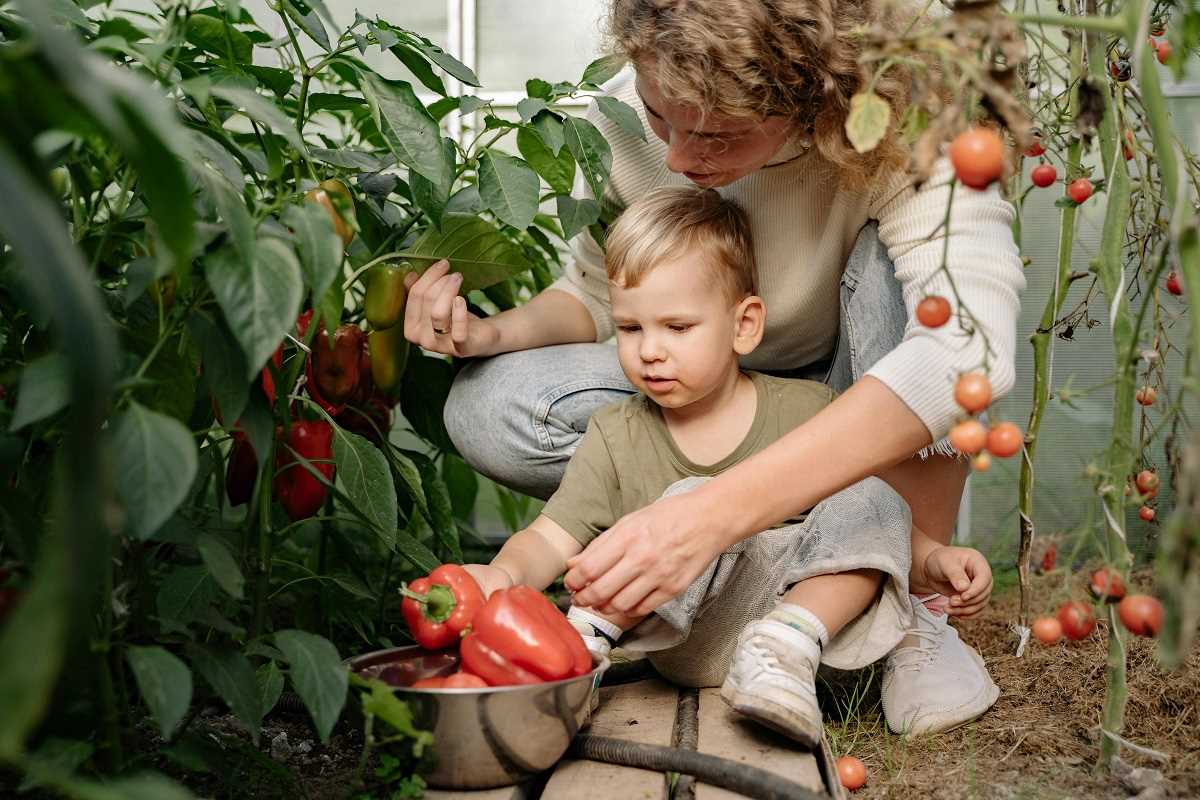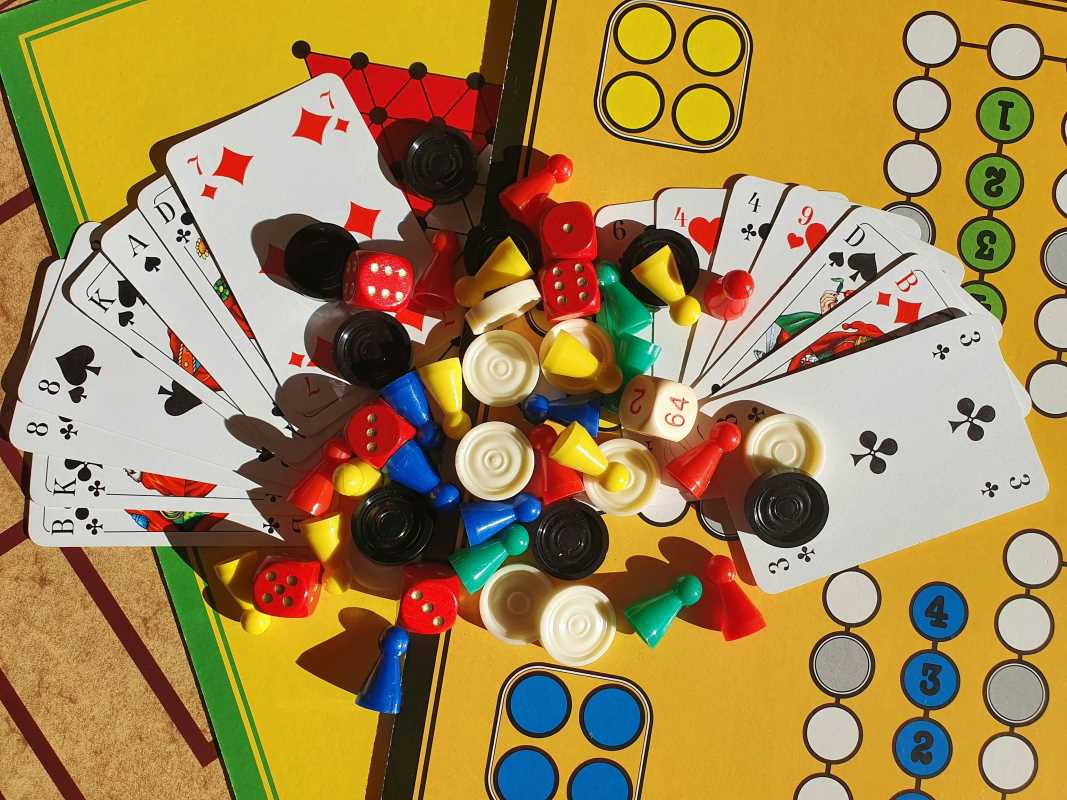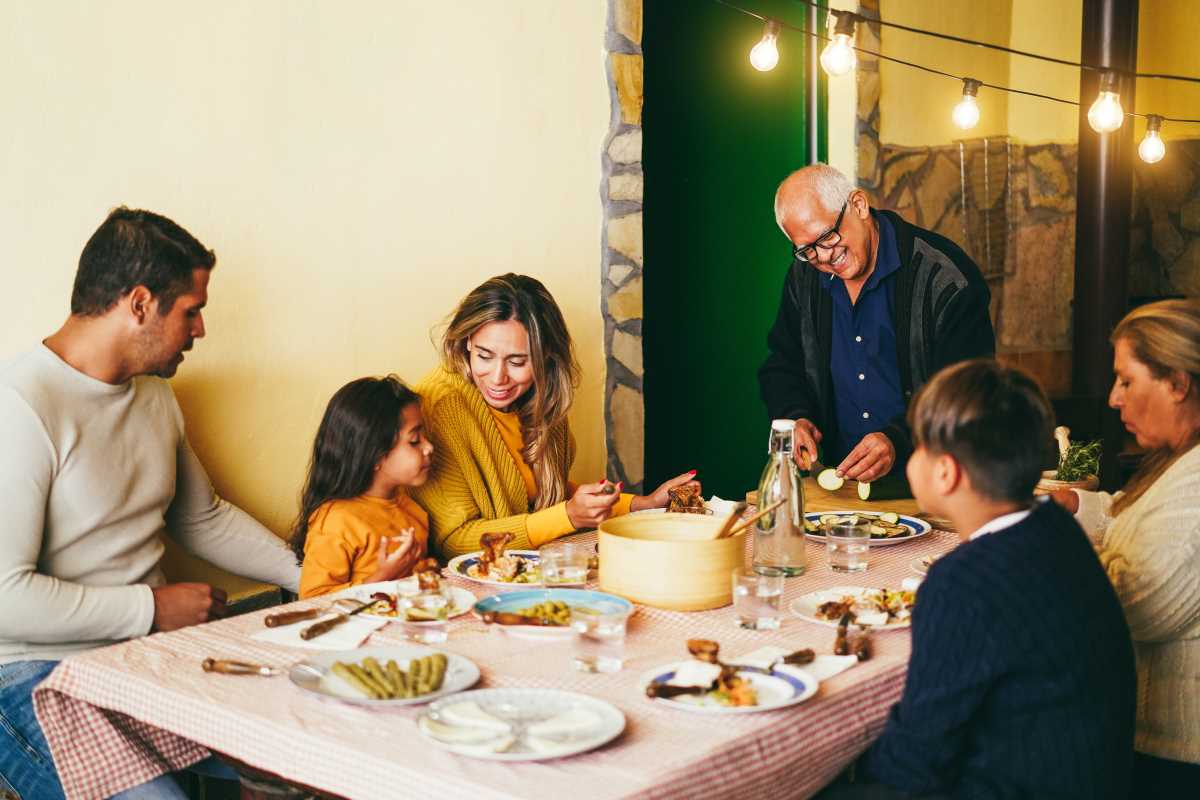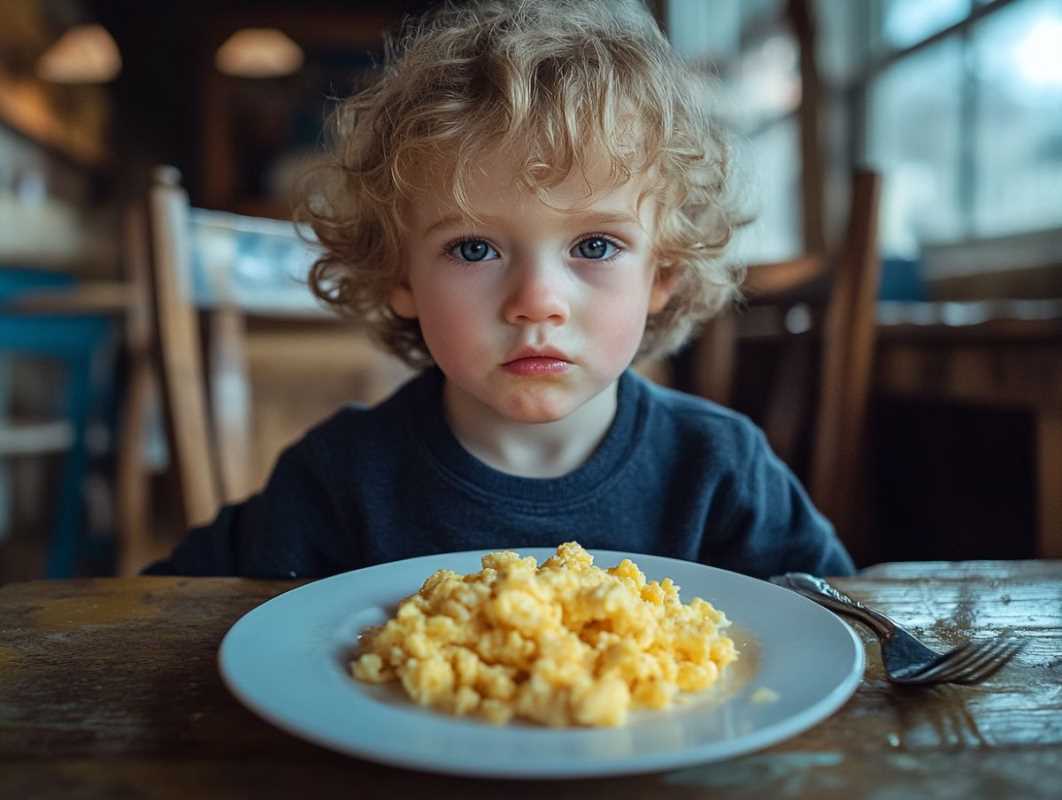A child's ability to identify, interpret, and regulate feelings is vital for their overall growth and happiness. A strong sense of emotional awareness empowers youngsters to handle daily challenges, communicate their needs clearly, and build positive relationships. Understanding one's feelings lays a foundation for resilience and mental stability throughout life. Creative activities such as arts and crafts offer a practical and enjoyable way for kids to explore the full range of their emotions. With hands-on projects, children can transform abstract feelings into visible expressions, which helps them grasp complex emotional states. This approach not only enhances self-expression but also builds confidence as they experiment with colors, shapes, and textures to represent joy, sadness, excitement, and more. Such creative exploration supports a balanced emotional life and sets the stage for a lifetime of healthy interpersonal interactions and self-care. In addition, guided creative sessions further nurture empathy, resilience, and overall social understanding.
Why Teach Emotional Intelligence Through Crafts?
Building emotional intelligence in children gives them the ability to handle stress, communicate effectively, and develop empathy. Crafts offer a unique medium for children to express their feelings and thoughts visually and tangibly. By creating something with their hands, kids can better understand and articulate their emotions, turning abstract feelings into concrete projects.
The process of crafting encourages patience, focus, and problem-solving, all of which are integral components of emotional intelligence. As children work through the steps of a project, they learn to manage frustration, celebrate their successes, and reflect on their creative journey. This experiential learning creates a deeper connection to their emotions and enhances their ability to navigate the complexities of their inner world.
Craft #1: Emotion Stones
- Materials Needed:Smooth, flat stones
- Acrylic paints
- Paintbrushes
- Markers
- Clear sealant spray
- Instructions:Gather a collection of smooth, flat stones of various sizes.
- Clean the stones thoroughly and let them dry completely.
- Paint each stone with a base color that represents a specific emotion, such as blue for sadness or yellow for happiness.
- Use markers to draw facial expressions or symbols that convey the chosen emotion on each stone.
- Once the paint is dry, apply a clear sealant to protect the designs.
- Encourage children to pick a stone each day and discuss the emotion it represents and how they feel.
Emotion Stones are a simple yet effective tool for helping children identify and discuss their feelings. By associating colors and images with specific emotions, kids can better recognize and articulate their own emotional states.
These stones can also serve as a daily check-in activity, providing a consistent and tangible way for children to express how they’re feeling and facilitate open conversations about their emotions.
Craft #2: Feelings Masks
- Begin by selecting a mask template or creating one using paper plates.
- Provide various art supplies such as markers, crayons, glitter, and stickers.
- Ask children to choose an emotion they want to represent on their mask.
- Guide them to decorate the mask with facial expressions and colors that reflect the chosen emotion.
- Once the masks are complete, have kids share their masks with the group and explain the emotion they depicted.
Feelings Masks allow children to explore and express emotions in a creative and engaging way. By physically embodying an emotion, kids can gain a deeper understanding of how different feelings manifest both internally and externally.
Sharing their masks with others also promotes empathy and encourages children to listen and respond to their peers’ emotional expressions, creating a supportive and emotionally aware community.
Craft #3: Emotion Puppets
Creating Emotion Puppets provides a delightful way for kids to explore various feelings. Encourage children to design puppets that represent different emotions such as joy, anger, fear, surprise, and calmness. They can use socks, paper bags, or craft sticks as the base and decorate them with fabrics, buttons, yarn, and other materials to illustrate each emotion vividly.
Once the puppets are complete, children can use them to act out scenarios or tell stories that highlight how different emotions influence their actions and decisions. This activity not only enhances their creative skills but also deepens their understanding of emotional responses and the impact they have on interactions and relationships.
Craft #4: Emotion Wheel
- Gather a circular piece of cardboard or sturdy paper as the base.
- Divide the circle into sections, each representing a different emotion.
- Have children color each section with colors that correspond to the designated emotions.
- Create a spinner using a paperclip or a small arrow attached to the center of the wheel with a brad fastener.
- Use the Emotion Wheel as a tool to help children identify and discuss their current feelings by spinning the wheel and reflecting on the emotion it lands on.
The Emotion Wheel is a versatile tool that helps children recognize and label their emotions accurately. By associating specific colors and sections with different feelings, the wheel provides a visual reference that makes emotional identification more accessible.
Using the wheel regularly can encourage children to check in with themselves and articulate their emotions, promoting self-awareness and emotional regulation in a fun and interactive manner.
Craft #5: Story Stones
Story Stones combine creativity with emotional exploration effectively. Have children collect small, smooth stones and decorate each one with symbols, images, or colors that represent different parts of a story or specific emotions. For example, a stone with a sun might symbolize happiness, while a stone with a cloud could represent sadness.
Once decorated, children can use the Story Stones to create and narrate their own stories, incorporating the emotions depicted on the stones. This activity encourages children to think critically about how emotions influence storytelling and character development, enhancing their ability to empathize with different perspectives and experiences.
Engaging in these homemade crafts sparks creativity and provides valuable lessons in emotional intelligence. By incorporating hands-on activities into their routines, parents and educators can create meaningful opportunities for children to understand and manage their emotions effectively. These crafts serve as both educational tools and bonding experiences, creating a supportive environment where children feel comfortable expressing themselves and exploring their feelings.
Encouraging children to engage in these creative activities fosters emotional awareness and improved social interactions. Try these crafts together to help your child develop essential emotional skills in a fun and interactive way.
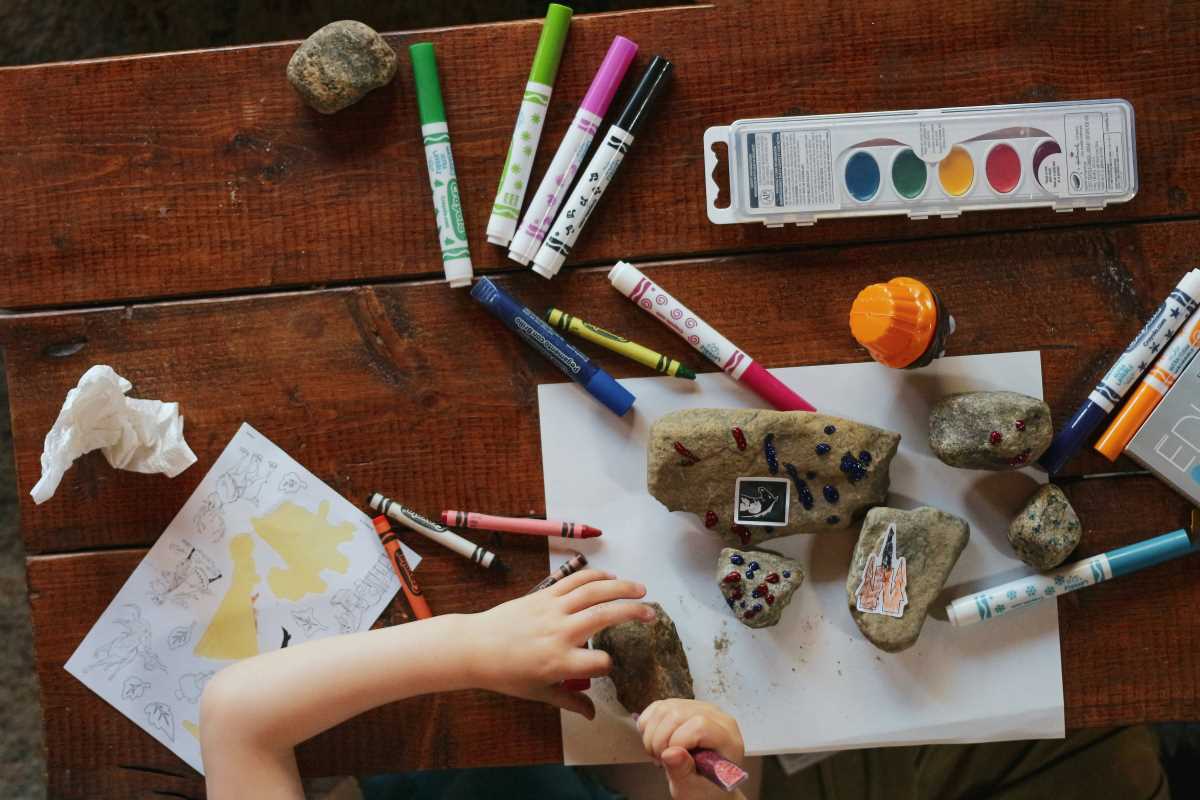 (Image via
(Image via